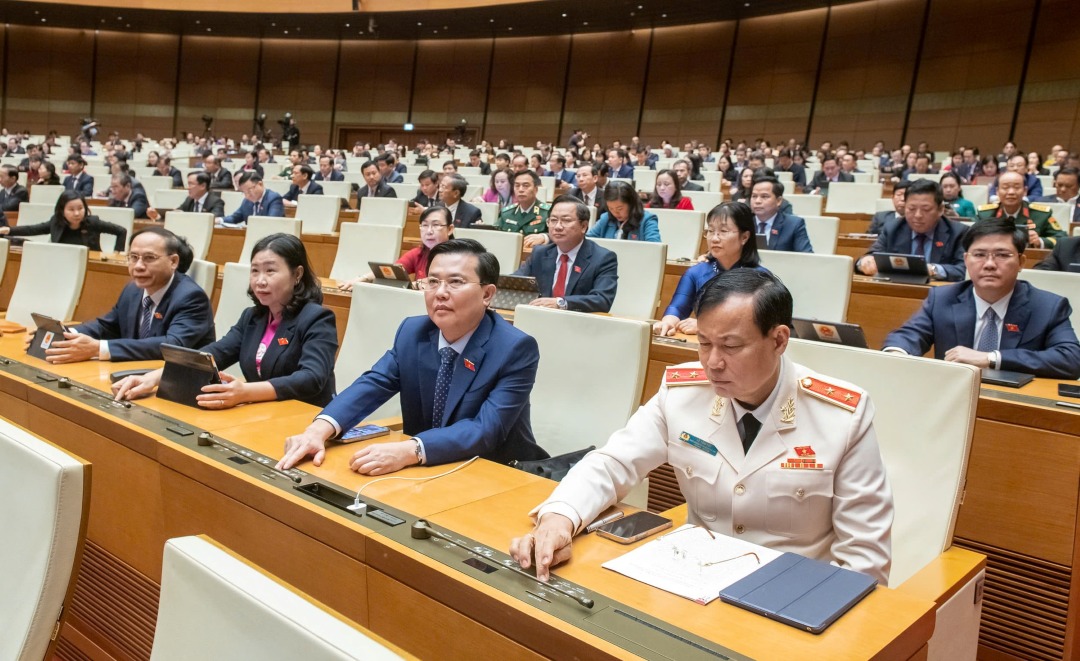HCMC – Legislators have approved an economic growth target of at least 8% for 2025, with the country’s gross domestic product (GDP) expected to exceed US$500 billion.
The National Assembly (NA) on February 19 passed a resolution approving a per capita GDP goal of US$5,000 and keeping inflation within a range of 4.5% to 5%.
To achieve this, Vietnam will revise its regulatory framework to foster an environment conductive to economic expansion. The Government plans to refine legal structures for smart manufacturing, governance, and key economic zones, including Van Don and Van Phong.
Efforts will focus on cutting red tape and improving public service efficiency. Officials will be encouraged to take calculated risks and prioritize economic development.
Beyond public investment, Vietnam aims to streamline business regulations, making it easier for private and foreign investors to operate. Accelerating project approvals, removing investment bottlenecks, and reducing bureaucratic hurdles are seen as crucial steps to attracting capital across all economic sectors.
The country will invest heavily in transportation, energy, and digital infrastructure, targeting a 95% disbursement rate for public investment funds in 2025.
To finance these projects, authorities may raise the budget deficit to 4-4.5% of GDP. National debt and foreign obligations could reach or exceed warning thresholds.
Vietnam is looking to balance its traditional economic strengths with new growth drivers. Science, technology, and digital transformation will play a central role, alongside investments in high-quality workforce training and financial sector development.
International financial centers are expected to be a key part of this strategy, with policies aimed at establishing a regional financial hub. The push toward innovation will also require deeper engagement with private businesses, leveraging both domestic and foreign investment to build a globally competitive economy.









